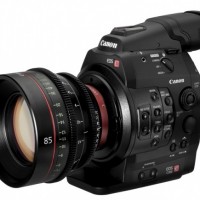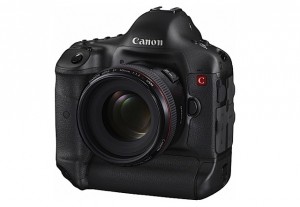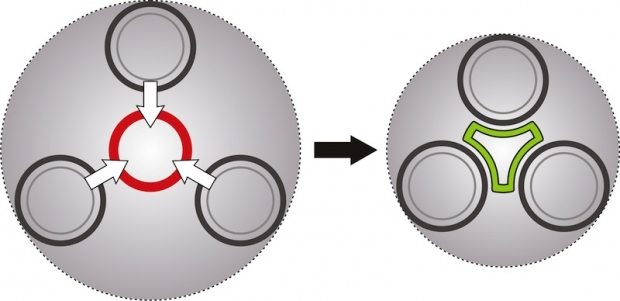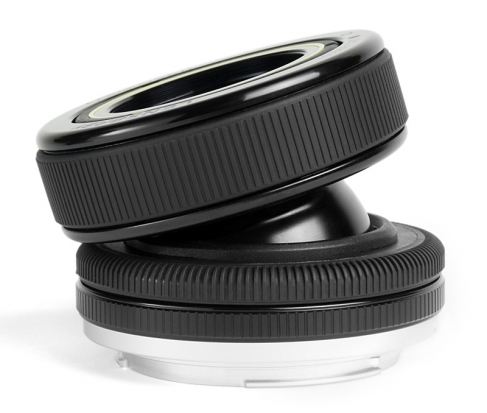
The swanky invitations went out, the speculation was speculated on, the announcements have now been made, and the champagne has been quaffed. What, then, is the fall-out on Canon revealing that it’s launching itself headlong into a professional cinematograhy system? There’s the C300 interchangeable lens digital cinema camera, a slew of lenses, and the forthcoming full-frame dSLR that slots into the movies system, that will, eventually, aim to give serious amateur filmmakers a serious movie-making camera.
C300

The C300 comes in two versions, both with a newly developed Super 35mm equivalent 8.29 megapixel CMOS sensor. Version one is the EOS C300 with an EF lens mount; it’ll take any of Canon’s current range of EF lenses that are used on its dSLR cameras. Version two is the EOS C300 PL; that one’s compatible with industry-standard PL lenses. The question that arises here: why not develop something with dual compatibility?
The big disappointment with the C300, though, is that is only captures 1080p. And that disappointment was compounded by Red’s Scarlet revelation, which will capture 4k. Still, the C300 is relatively small and comes with Canon Log Gamma. That allows for flat image quality with subdued contrast and sharpness, and a whole heap of flexibility when comes to post-production editing and processing.
In Philip Bloom’s opinion, the C300 will be great for broadcast use, but at $20,000 – or thereabouts, as prices haven’t been confirmed – it’s too expensive. Especially with the Red Scarlet coming in sub $10,000. But, what’s important is how it handles and the images it produces. We’ll just have to wait and see about that.
Cinema EOS dSLR

This camera doesn’t have a name, a potential price, or a vague release date yet. It’s a concept, albeit one that has a physical form, as the pictures of it prove. But it’s a damned exciting concept. A 35mm full frame image sensor that can shoot Motion-JPEG encoded 4K video at 24fps. (Although when it records in 4K it will drop to an APS-H crop.)
This is perhaps more what people would have been expecting from Canon – a stills camera that’s entirely serious about video – that offers a stepping stone between dSLR shooting and the C300. It’ll be very exciting to see what it produces.
All those lovely lenses
Seven, yes 7, new lenses were announced alongside the cameras yesterday: four zooms (two EF and two PL) and three fixed-focal lengths all on the EF mount.
There are the wide-angle CN-E14.5–60mm T2.6 L S (for EF mounts) and CN-E14.5–60mm T2.6 L SP (for PL mounts) and the telephoto CN-E30–300mm T2.95–3.7 L S (for EF mounts) and CN-E30–300mm T2.95–3.7 L SP (for PL mounts). They all support 4K resolution and are compatible with industry-standard Super 35 mm-equivalent cameras as well as APS-C cameras. But, they won’t work with 35mm full-frame or APS-H sensors.
As for the prime lenses, there are the CN-E24mm T1.5 L F, the CN-E50mm T1.3 L F, and the CN-E85mm T1.3 L F. They all deliver 4K performance, and all three are compatible with industry-standard Super 35 mm-equivalent cameras, 35 mm full-frame, APS-H, and APS-C sensor sizes.
That’s a wrap
So yesterday gave us a camera that a few people are suggesting is over-priced, a teaser for a camera that really could be something, and seven lenses. What it definitely suggests is that Canon is entirely serious about making movies. This is just the start, after all.












